Hello everybody!
Another brief update, principally to address claims about destruction of multiple Ukrainian surface-to-air missile (SAM) systems by the Keystone Cops in Moscow, issued yesterday.
….though not without another POW-postcard from Kursk, of course. If nothing else, it helps people to maintain their skills in counting…
***
For the start: all three Ukrainian SAM-systems claimed as destroyed by the Keystone Cops in Moscow were targeted by Iskander-M ballistic missiles. And all three strikes were captured on videos taken by Orlans, Zalas and/or SuperCam UAVs from around 3,000-6,000m away.
I would say: that far, what the Keystone Cops are claiming is OK. The rest… ho-hum…
***
Case 1
In this case, the Keystone Cops in Moscow have claimed to have hit a MIM-104 Patriot ‘battery’. And that ‘in the Kursk area’. Actually, the video is taken from so far away that it’s de-facto impossible to identify the target - while depending on claims by the Keystone Cops… sigh… Alternatively, what can be seen even once one clears the video and zooms-in - is much too small for elements of a MIM-104 Patriot SAM-system.
Finally, the PSU is not deploying 3-4 LS (launchers) for MIM-104 in one place: as we’re to see later on, whenever closer than 100km from the frontline, it’s operating them in the ‘assault mode’, with 2x LS, 1x ECS (command post), and 1x EPP (power supply). Something like this (and as explained already back in January-February this year):
Means: whenever one gets to see a video of a PSU’s MIM-104 SAM-site ‘in action’, it’s extremely unlikely to see 5-6 of its ‘elements’ (vehicles and launchers) at once place, as shown on that Russian video. At most, one is going to see 4; more usually, 2-3 elements.
That said, this was an active SAM-site, as obvious from the sequence where it fired two missiles.
Then the result of that strike: essentially, the elements of the attacked SAM-site were spread so widely apart, that the cluster-munition warhead of the Iskander-M went off ‘in between’ of them:
My conclusion: this was a MIM-23 HAWK SAM-system. I.e. 3 M192 launcher and a HPIR fire-control radar. The Iskander-M detonated in between of them.
Commentary from the Ukrainian side: ‘that strike was ineffective, nobody was injured’.
***
Case 2
As next, the Keystone Cops in Moscow have claimed a strike on an ‘IRIS-T SAM-system and its radar’. Certainly enough, their video is showing that, too:
However, what happens after the detonation of the Iskander-M (this time: unitary warhead) - is that… well, nothing happens. What we can see on this video should be the launcher with 8 missile containers. The Iskander-M detonates almost directly above it, yet there are no secondaries…? No detonations of missiles damaged by the detonation of the Iskander-M…?
Well, sorry but: no way. A surface-to-air missile is a highly-explosive thingy, packed full of its rocket propellant and a warhead. It’s a ‘catastrophe waiting to happen’, and - unsurprisingly - in cases of this kind, if something is hit, there are always secondaries. Even more so when there are eight of them, tidily packed in their transport containers that act as launchers, and then eight of them right next to each other.
Just none in this case…
My conclusion: this was a decoy.
Commentary from the Ukrainian side: ‘it was a decoy’.
***
Case 3
Finally, the Keystone Cops in Moscow have claimed to have hit another MIM-104 Patriot ‘battery’, but this time outside Dnipro. And, indeed, this time the video was taken from closely enough, and is clear enough to enable the identification of two LS’ (two launchers) and either an ECS or EPP of the MIM-104 Patriot SAM-system:
I.e., possibly/probably, this:
…and, this time, the video is actually showing a Iskander-M strike with cluster warhead going off atop of the left LS, and then causing a (clearly visible) secondary:
The ECS (or the EPP) was quite likely damaged as well - though not set afire.
My conclusion: that video is showing a hit on a MIM-104 firing unit deployed in assault mode: a hit on one of its two launchers and a hit on either its ECS or its EPP.
Commentary from the Ukrainian side: ‘no comment’.
***
If anybody wonders why would a MIM-104 not shot down an incoming Iskander-M before being hit by one?
A) Arguably, there was a period (back in 2022), when the Russians tended to deploy their Iskander-Ms in pairs against the same target. They run out of missiles for such luxury, long ago.
B) Nobody said it didn’t: we simply do not know - and the Keystone Cops in Moscow would never brag about having one of their holly Iskander-Ms shot down by a pesky Ukrainian SAM. That said, the video they have released is not showing any launches by the Ukrainian MIM-104 unit.
C) For a MIM-104 to shot down an incoming Iskander-M, its fire-control radar must be (literally) turned into the right direction. It’s not only possible, but very likely this was not the case.
Bottom line: 3 Russian claims, 1 of which is serious. ‘Standard rate’, so to say.




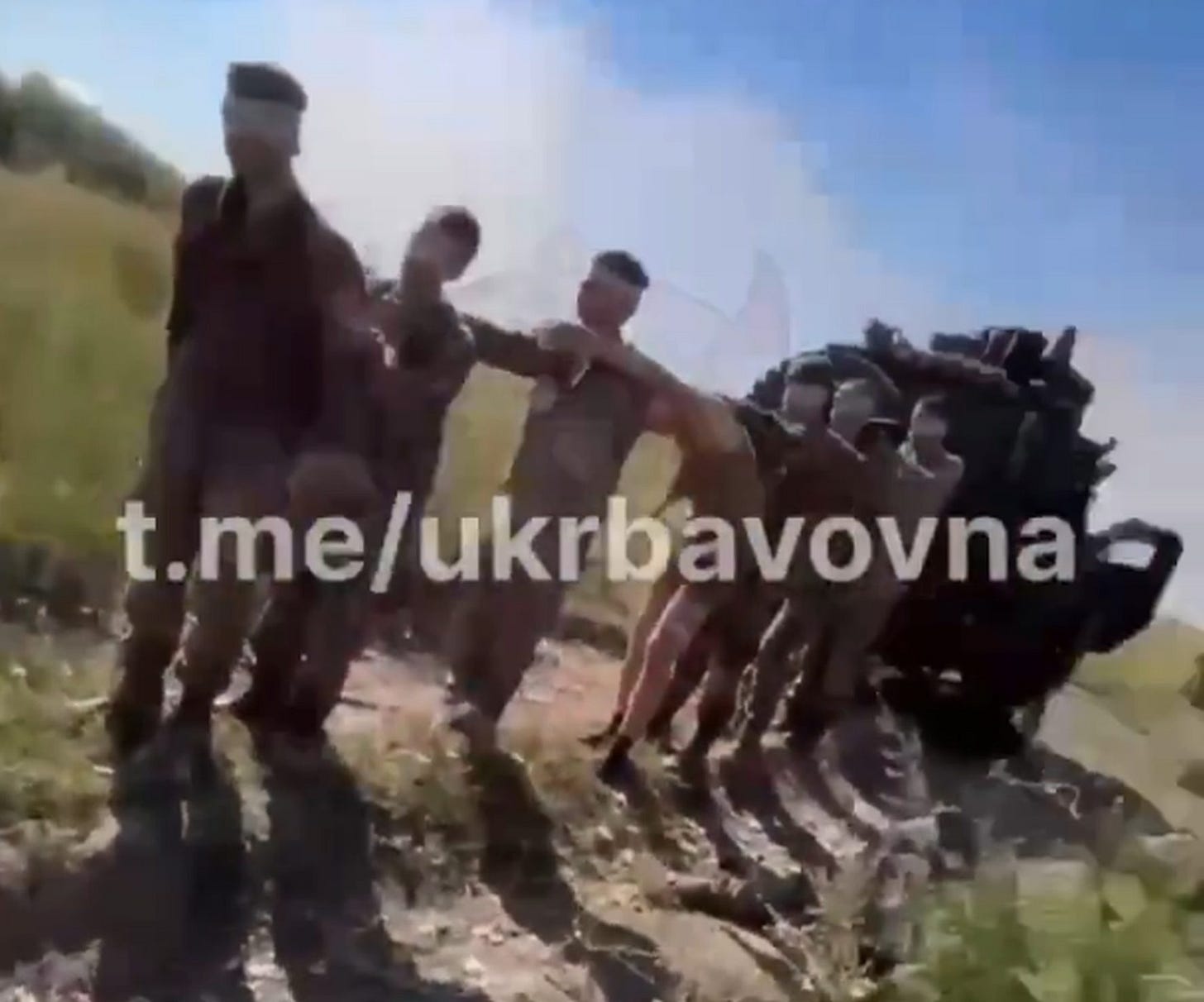
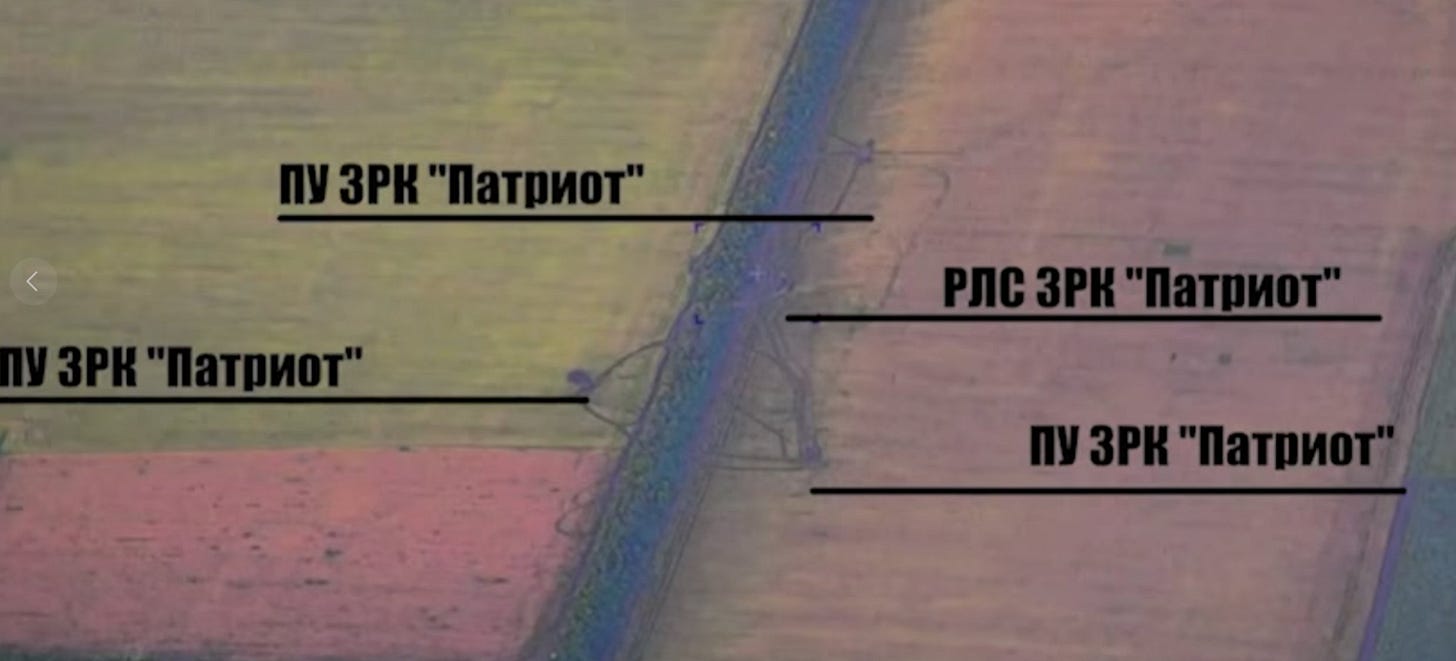
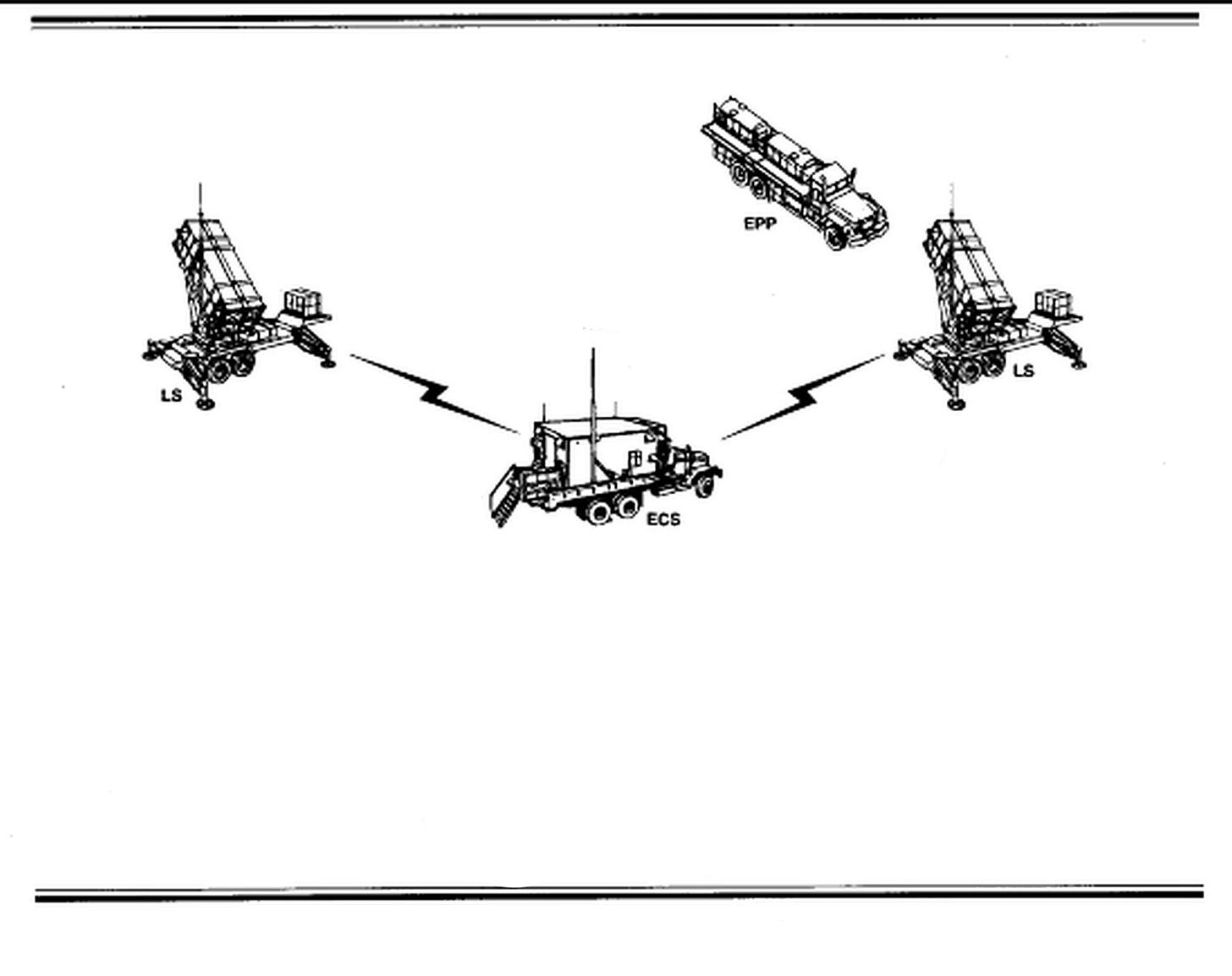
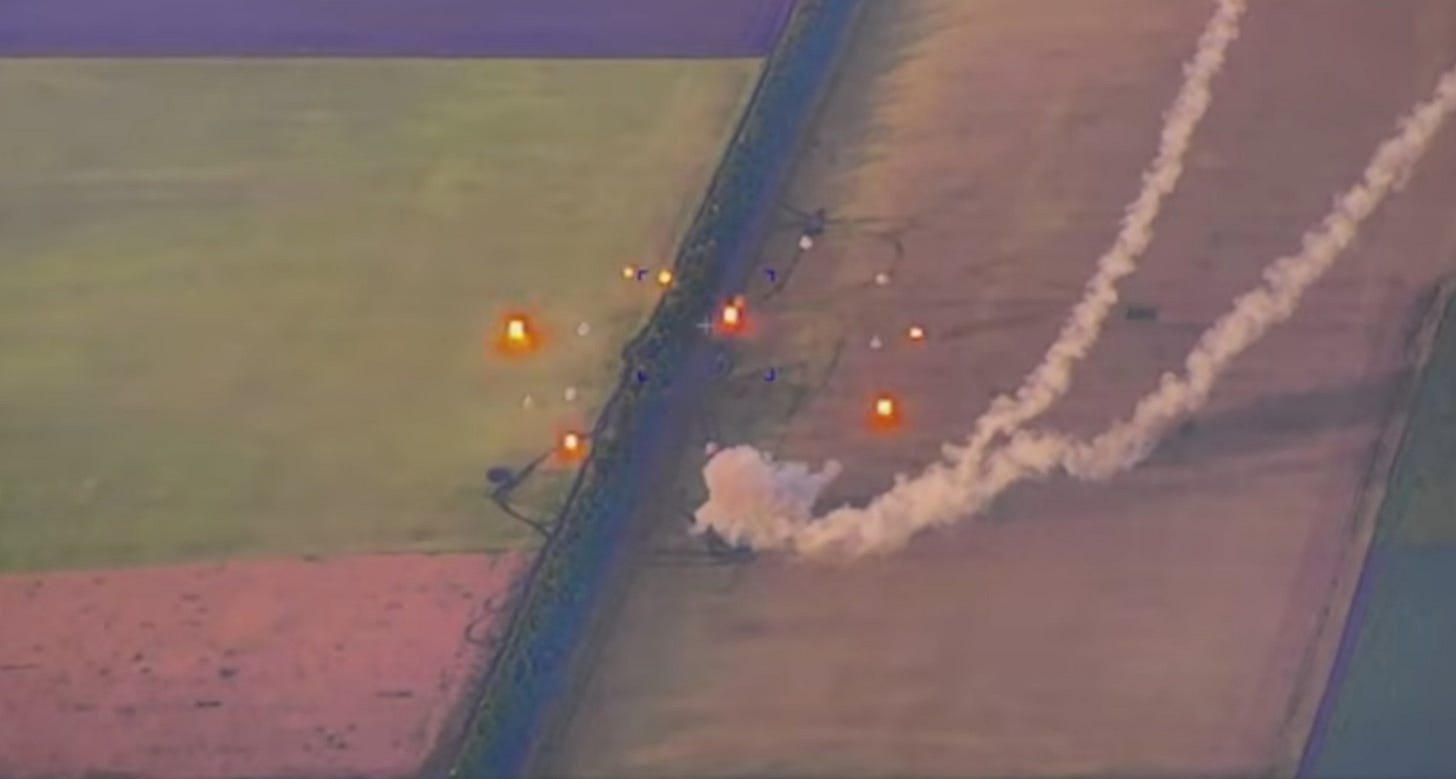
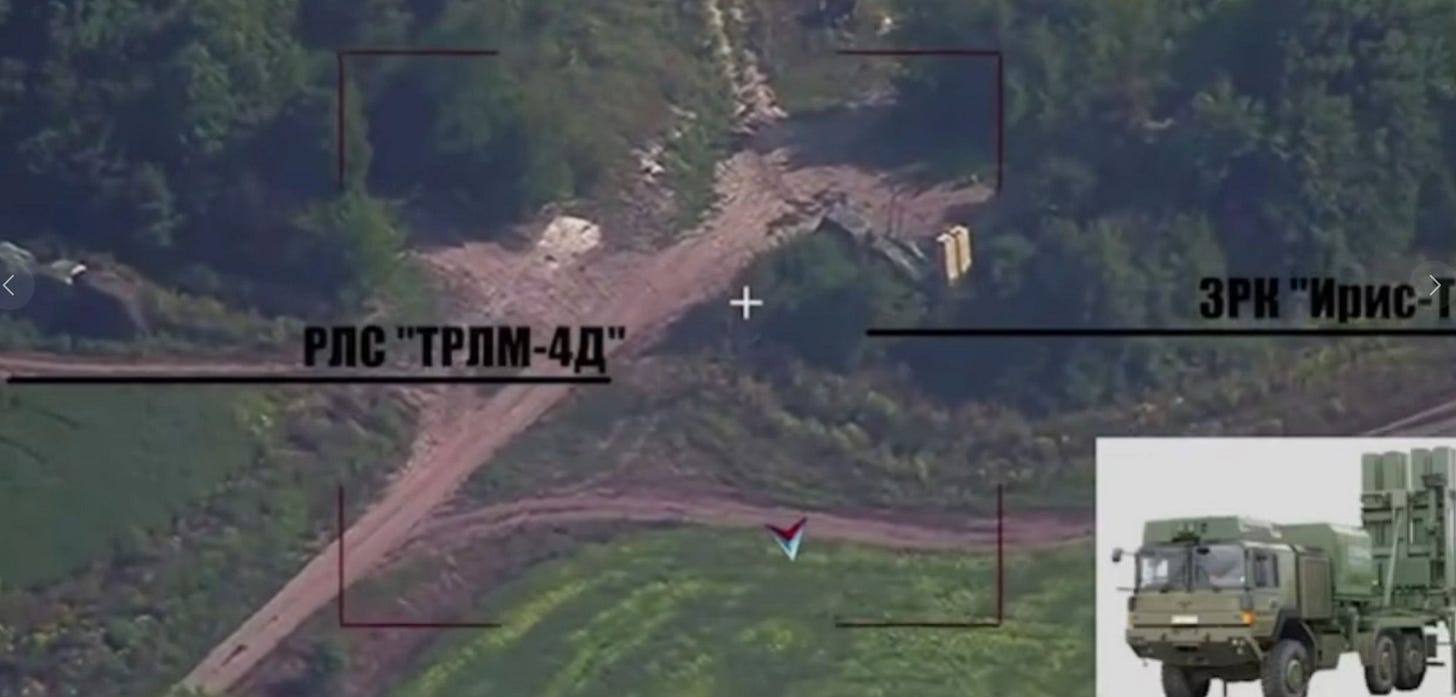
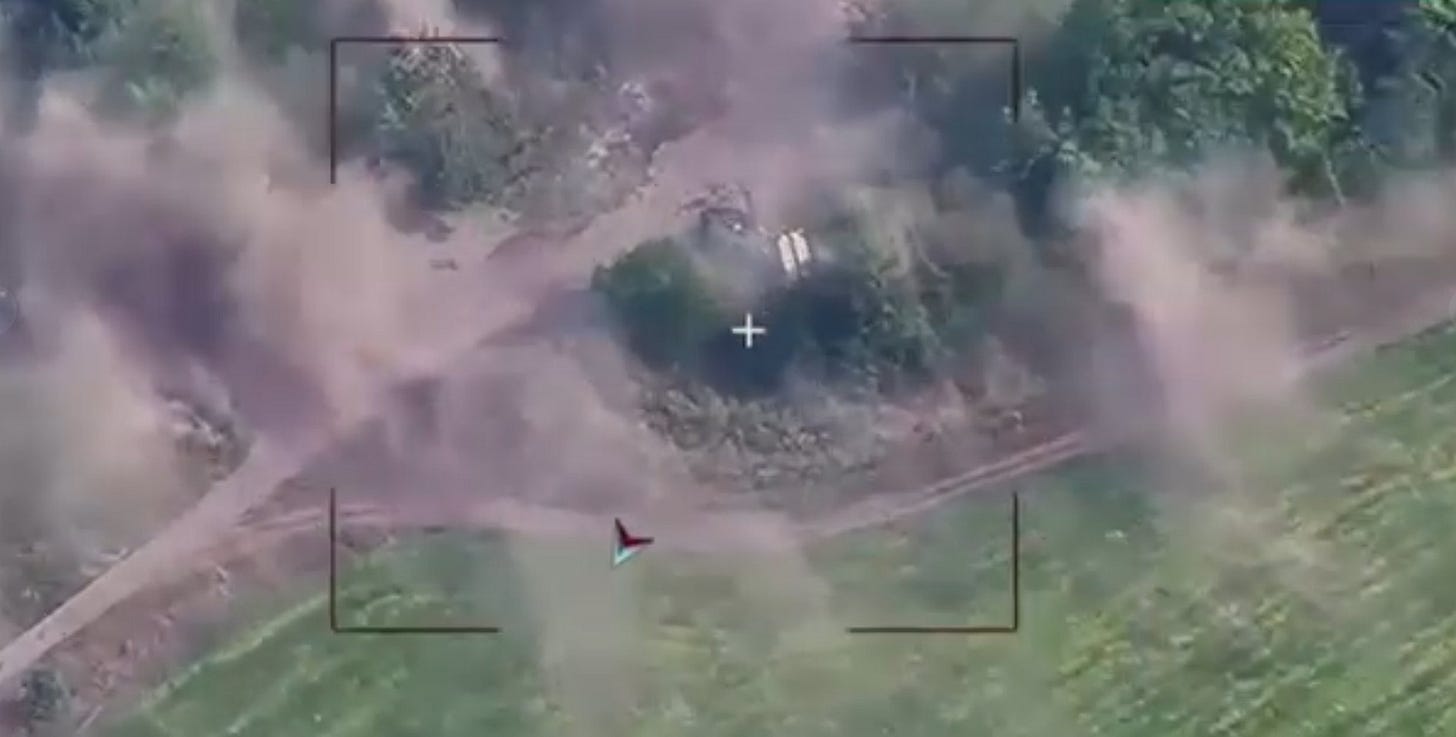
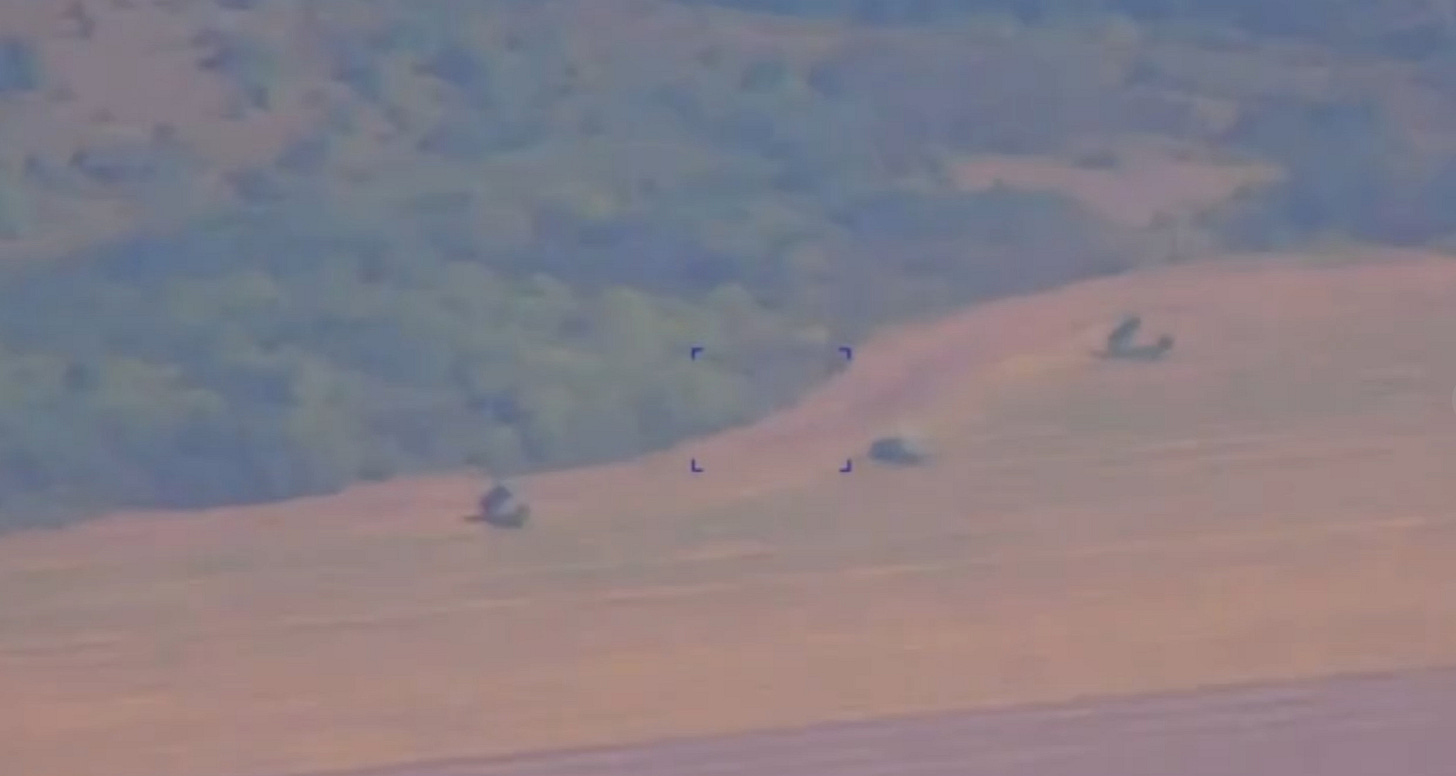
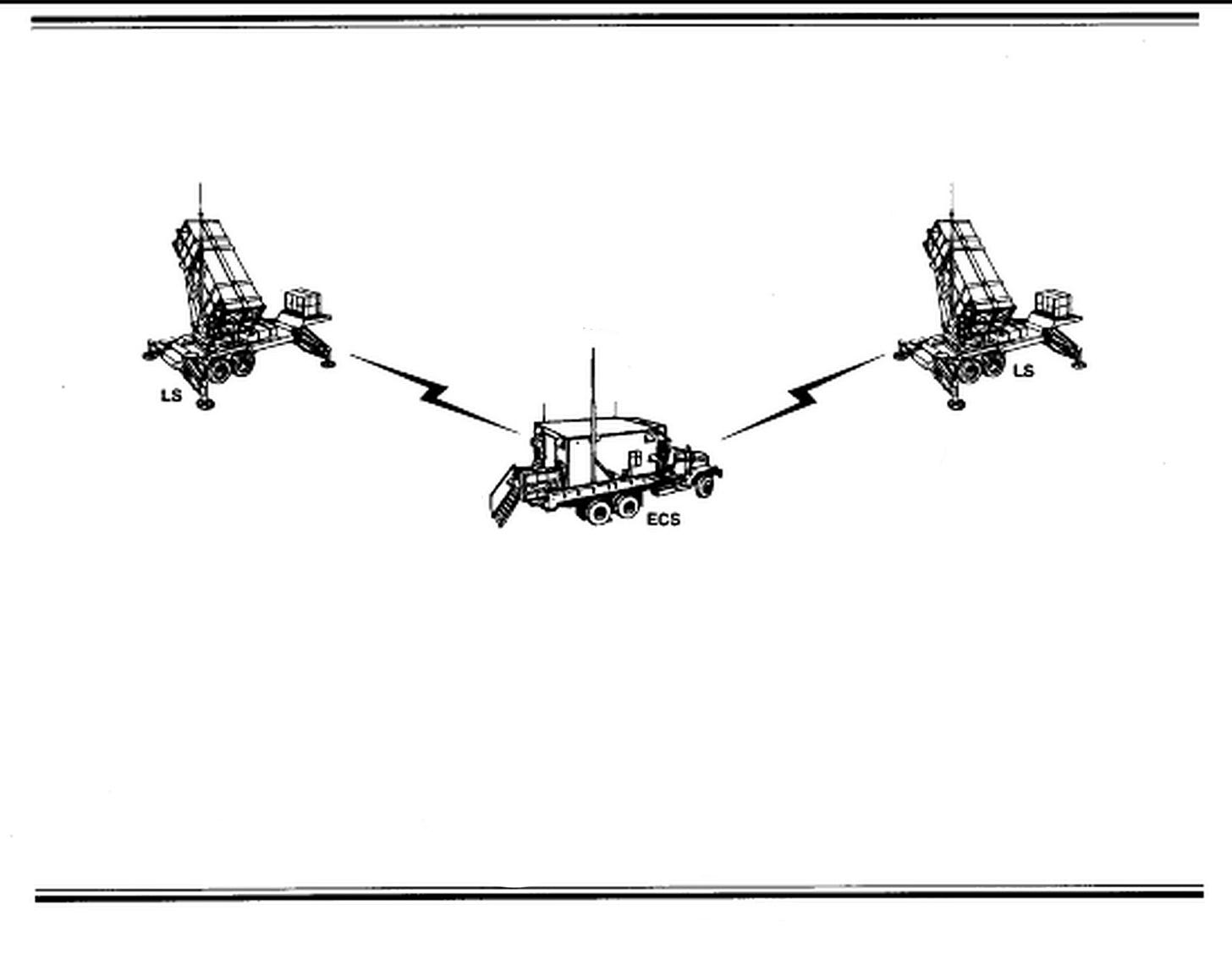
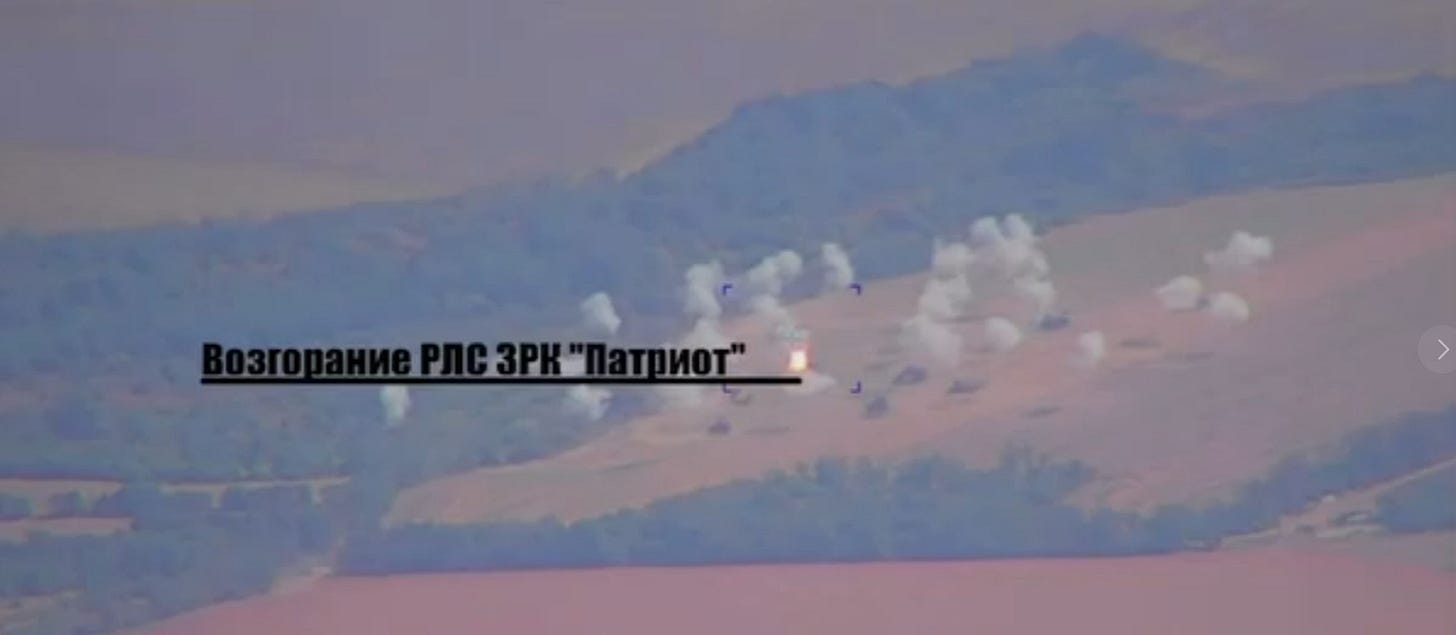
An update from ISW:
Russian milbloggers claimed on August 16 that Russian drone operators are limiting their use of Mavic drones amid claims that Russian commanders are forcing operators to either personally pay to replace drones lost outside of combat or risk being sent to an infantry assault unit as punishment for losing a drone. Russian milbloggers claimed that one Mavic drone costs 400,000 rubles (about $4,475) to replace and that Russian commanders are particularly concerned about losing Mavic drones compared to other equipment due to frontline drone shortages. Russian milbloggers noted that losing drones is unavoidable but recommended that Russian drone operators do everything within their power – from writing their name on the drone to equipping the drone with a separate GPS beacon – to find their drones and avoid punishment.
Am I the only one to think that the cluster munitions variant of the Iskander M is not very effective? It seems to always be too much spread out and to not have enough "sub munitions".
It seems in most case it would be more effective to use a conventional one rather than the cluster variant and having 50% chance of hitting.